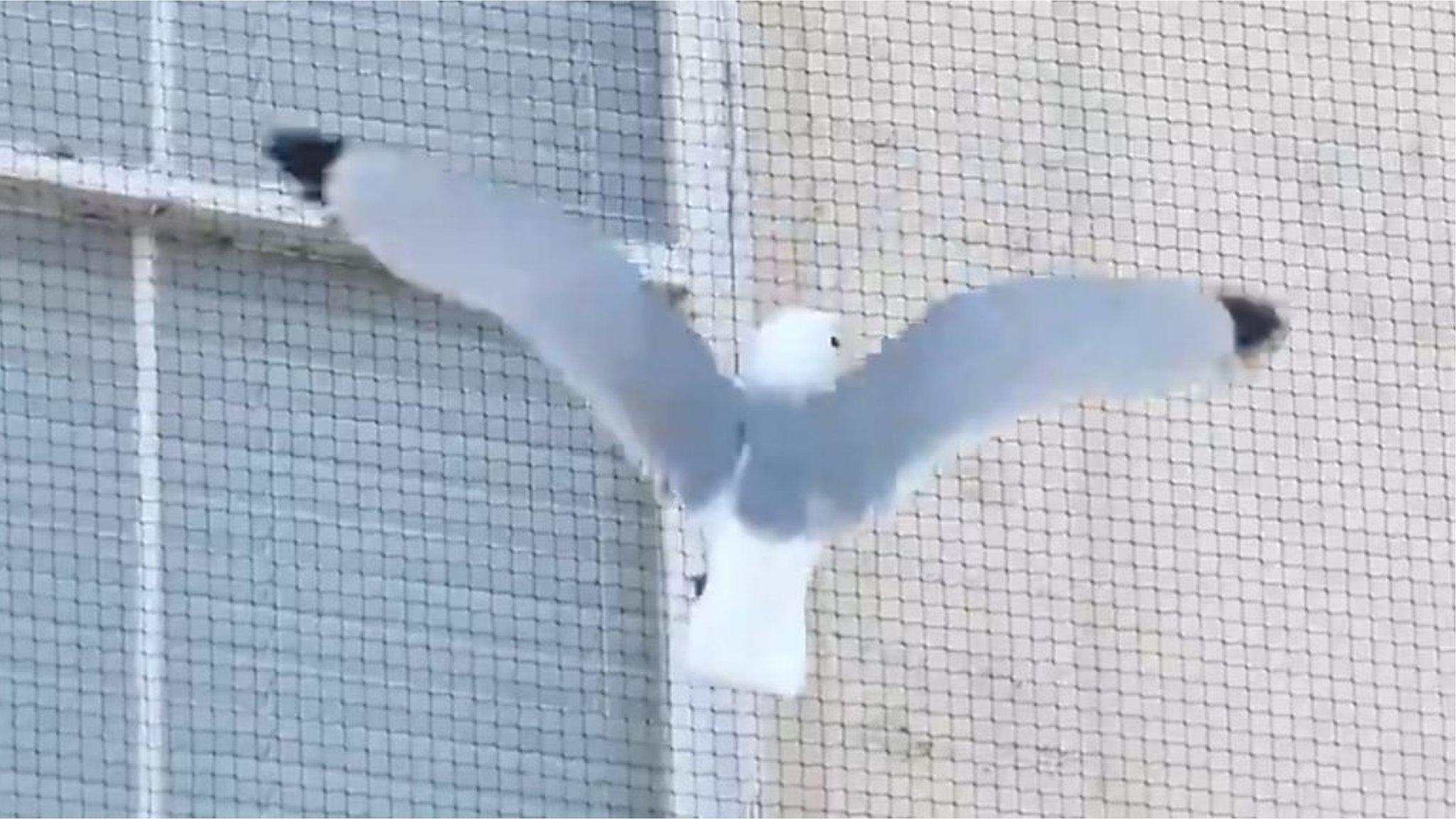Street artist ATM paints kittiwake mural for Lowestoft
- Published
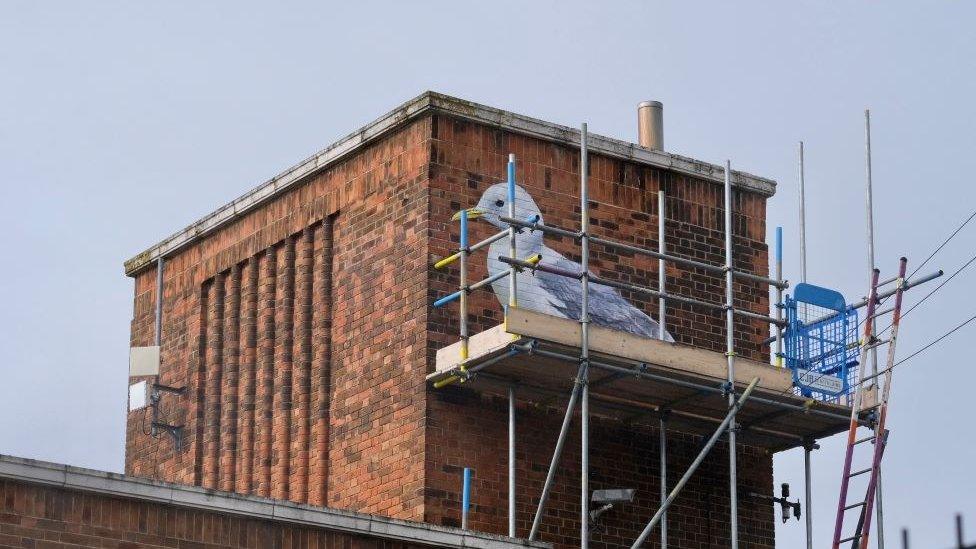
Pupils at Northfield St Nicholas Primary School have been helping with the kittiwake mural
A wildlife-loving street artist is creating a mural in a coastal town as a show of support for an endangered seabird.
Suffolk Wildlife Trust (SWT) engaged London-based artist ATM to create the mural of a kittiwake for Lowestoft.
The artwork is being completed with the help of pupils at Northfield St Nicholas Primary Academy, external.
In April, the town council part-funded an officer to help businesses view the seabird as an "asset, not a pest".
Kittiwakes have become much-maligned with businesses and people in the town in recent years, due to the mess they make where they nest.
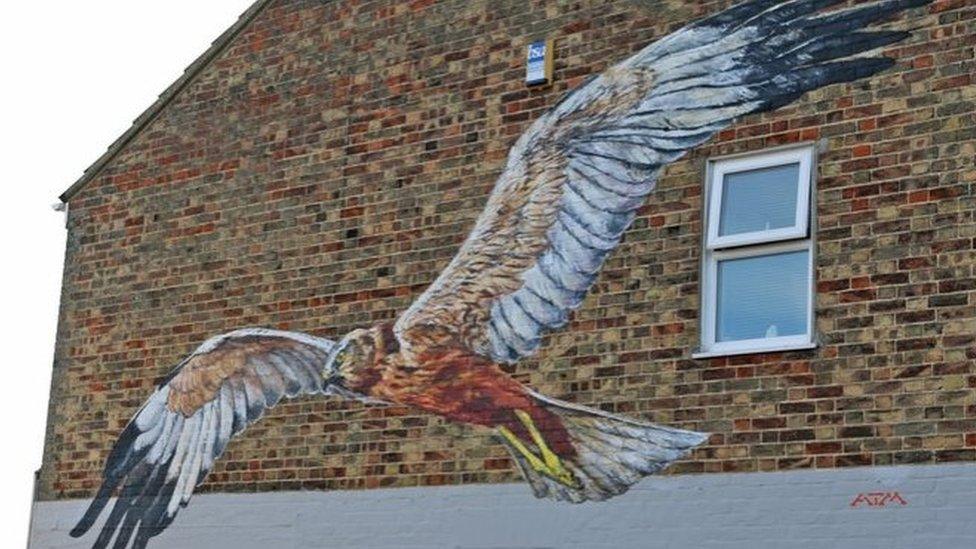
A marsh harrier painted on the wall of a house in Oulton Broad by artist ATM
On his website, external, ATM declared his lifelong love for nature, especially endangered species.
"Birds are often the most noticeable creatures to disappear, their loss the warning sign that something is fundamentally wrong in the way we treat our environment. They are the canary in the mine," he wrote.
ATM's giant wildlife murals can be seen on walls across London and Bristol and have appeared in Poland and Norway.
He painted a bittern on a block of flats in Lowestoft in 2021, and a marsh harrier on the side of building further inland at Oulton Broad.
Schoolchildren are taking part in the activity during a week of conservation-themed activities.
Kittiwakes - which are small gulls - are on the conservation "red list", external.
SWT said the kittiwakes in Lowestoft had shown just how adaptable they were by nesting on window ledges and other architectural features that provide similar terrain to cliffs.
The birds spend most of their time at sea feeding exclusively on fish, but have nested in and around the port and seaside town since the 1960s.
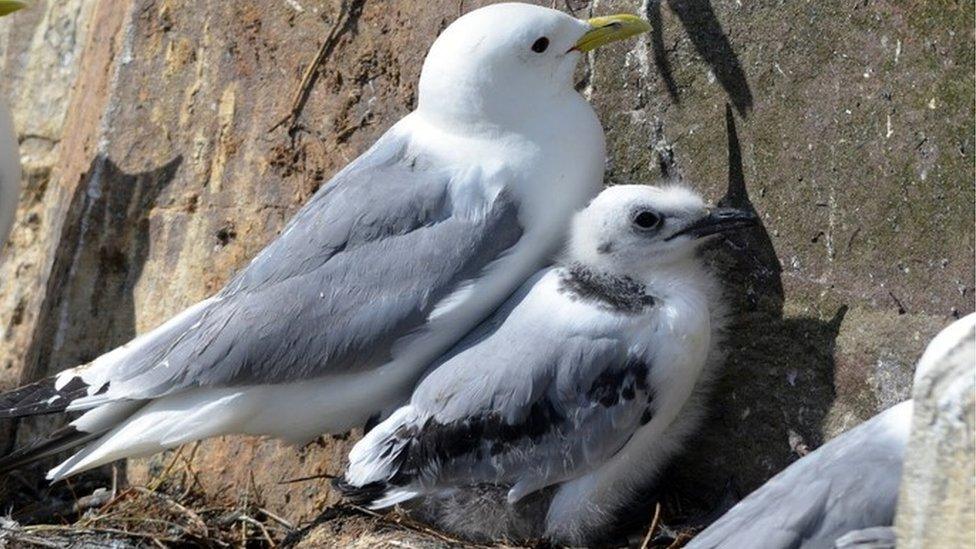
Global numbers of kittiwakes have fallen by 40% since the 1970s
Lowestoft's growing population of urban kittiwakes has become important for the birds' conservation as their overall numbers have declined by 40% since the 1970s.
But as their numbers increased in the town, they started nesting on buildings and the mess has made them unpopular with some local businesses and people.
Rupert Masefield, SWT's planning and advocacy manager, said: "Kittiwakes are a part of what makes Lowestoft special, and they need our help to nest safely in the town, because elsewhere they are really struggling."
Mr Masefield said East Suffolk Council had pledged to match the funding from Lowestoft Town Council, external.
The kittiwake mural has also been funded by the Lowestoft Rising, external local cultural education partnership, and it is the latest addition to Lowestoft's Wildlife Mural Trail, external.

Find BBC News: East of England on Facebook, external, Instagram, external and Twitter, external. If you have a story suggestion email eastofenglandnews@bbc.co.uk, external
Related topics
- Published6 April 2022
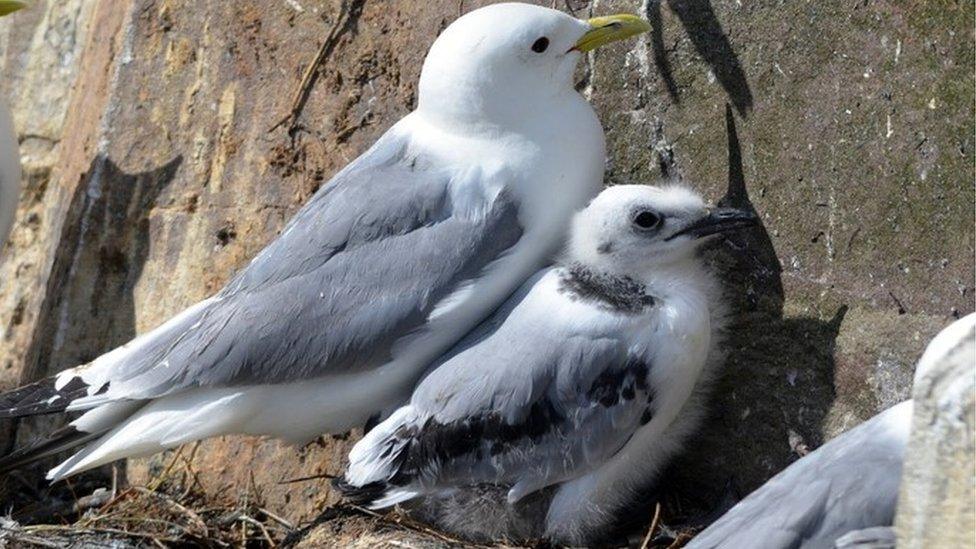
- Published11 November 2021
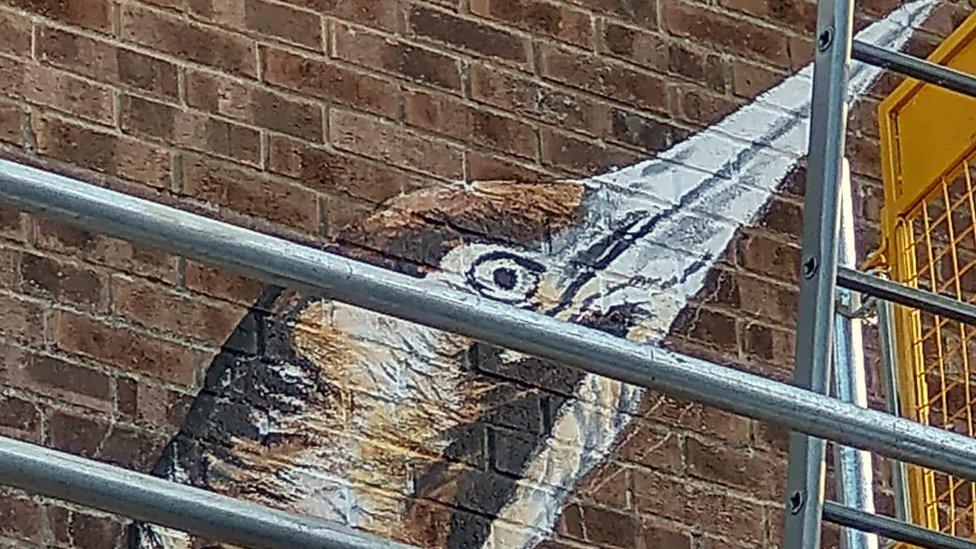
- Published18 July 2021
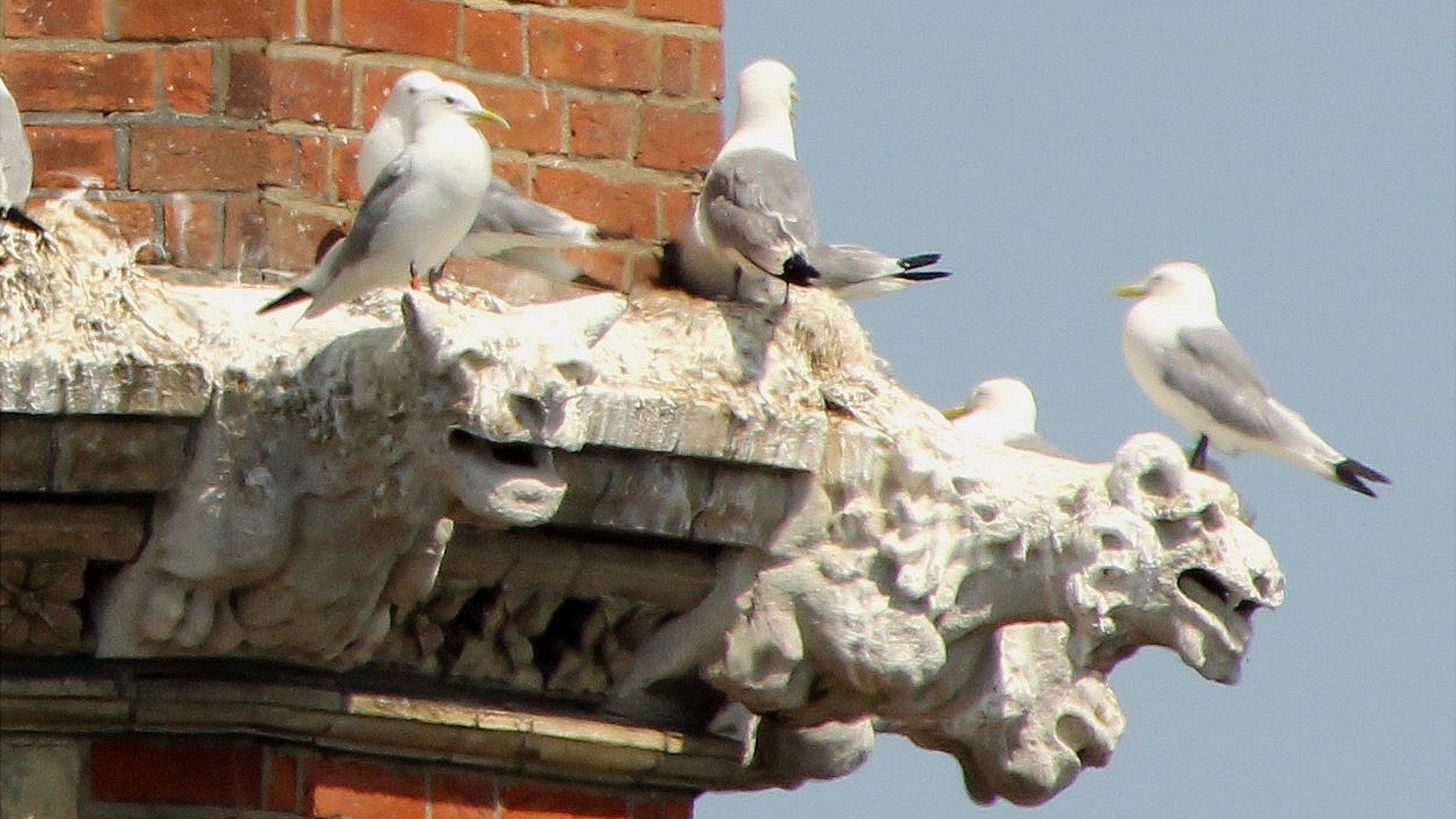
- Published10 May 2021
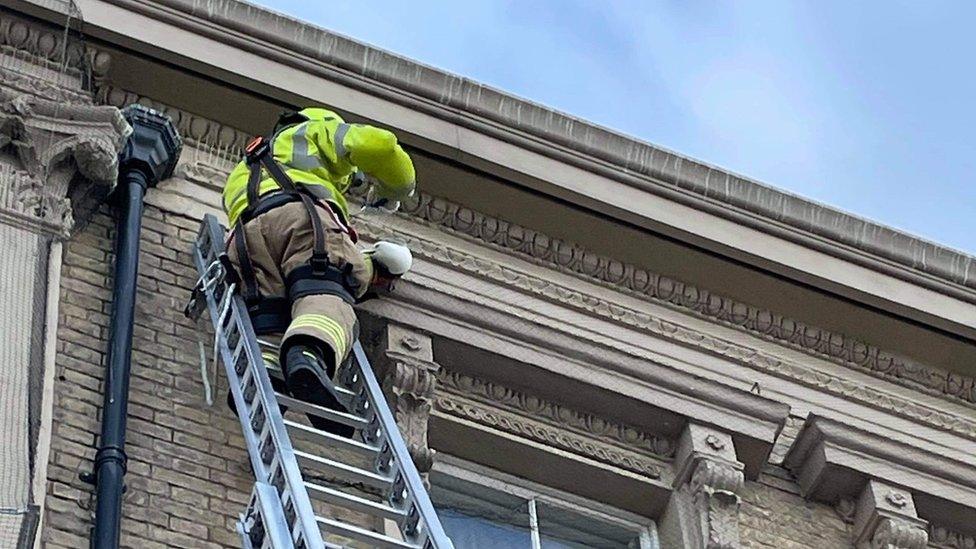
- Published7 May 2021
